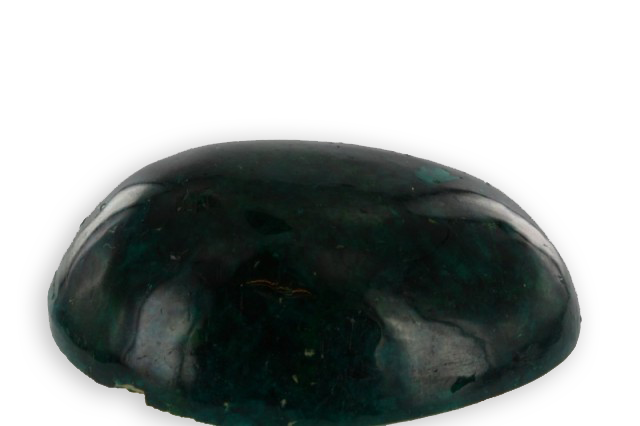
silicates
Je vous emmène à travers mes vidéos découvrir mon expérience acquise depuis plus de 30 ans a silloner le globe entier à la recherche de pierres précieuses, de rencontre mémorables mais aussi de difficulté parfois …
actualités
Categories

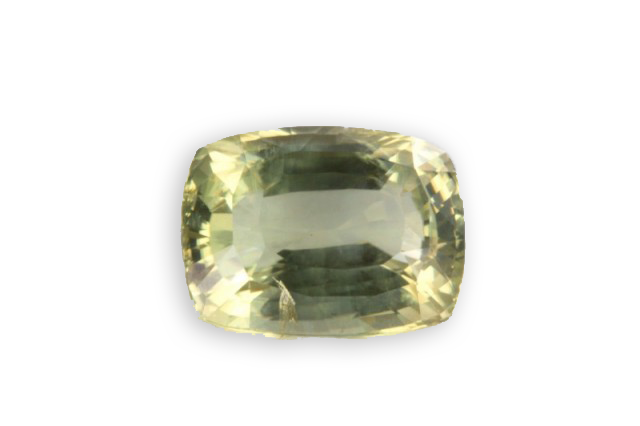
diopside
Its name comes from the Greek, “two” and “appearance” because of the double surface appearance of the prism when it is crystallized. Diopside is also “starred”, “shimmering” and the chromite variety, gemstone essentially coming from Russia, is emerald green. A deposit in Piedmont( Italy )
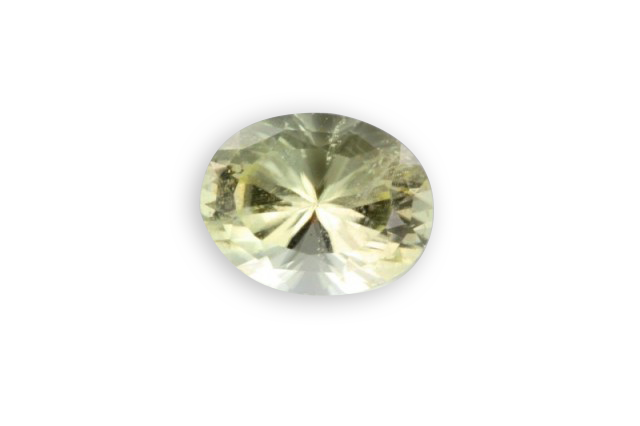
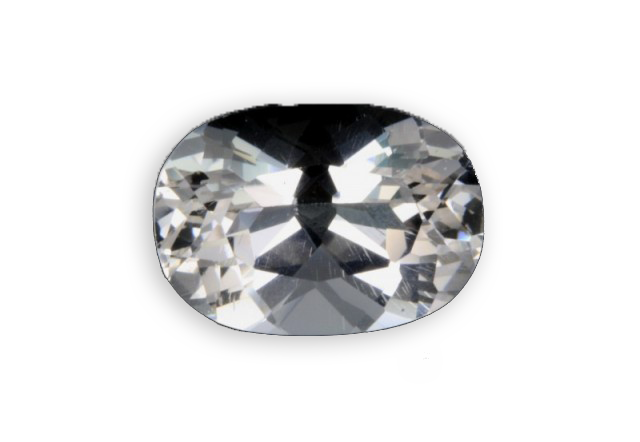
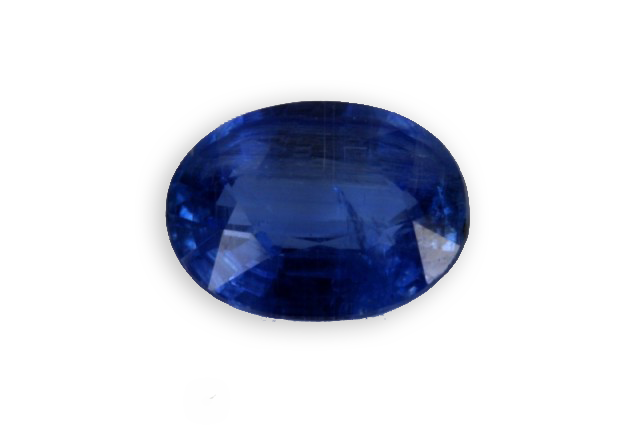
kyanite
Its name recalls its dominant color : blue in Greek (cyan). Sometimes colorless, but generally blue to bluish green, this gemstone has a hardness ranging, with its texture in plans, from 4.5 (direction of elongation) at 6 to 7 (perpendicular to the elongation). It also
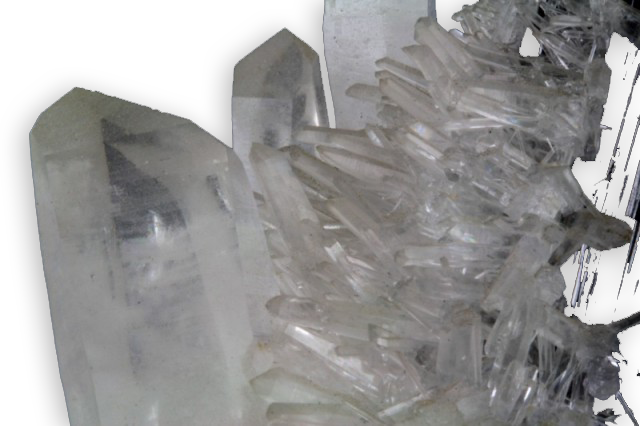
rock crystal
The name quartz comes from a slavic word meaning “hard”. Rock crystal comes from the Greek “krystallos” meaning ice, because the ancients believed that it was “eternal ice”. It is a mineral, often regarded as a rock as it is widespread in various aspects and



